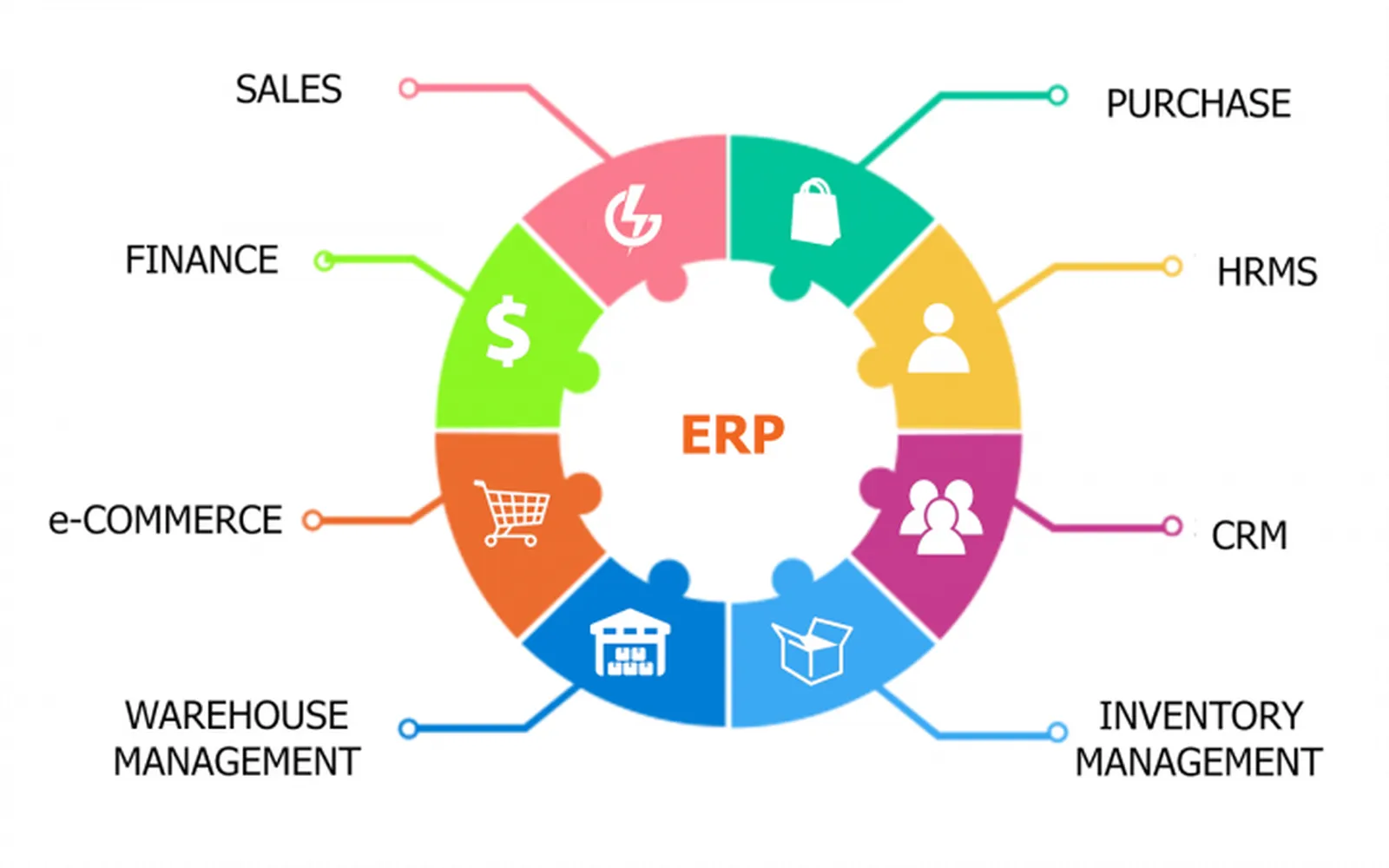Maximizing Your Tax Return: A Guide to Boosting Your Refund
Tax season often brings a mix of emotions: some eagerly anticipate a substantial refund, while others dread owing the government. Regardless of how you feel about taxes, maximizing your tax return is a smart financial strategy. By understanding the key factors that influence your refund and leveraging various tax-saving strategies, you can ensure you are getting the most out of your return. Here’s how to do just that.
1. Understand Your Filing Status
Your filing status determines your tax bracket and eligibility for various deductions and credits. There are five main filing statuses:
- Single: For individuals who are unmarried.
- Married Filing Jointly: For couples who are married and want to file together.
- Married Filing Separately: For married couples who wish to file individually.
- Head of Household: For individuals who are unmarried but support a dependent.
- Qualifying Widow(er): For someone who has lost their spouse and is eligible for certain benefits.
Choosing the correct filing status can significantly impact your refund. For example, married couples often receive more favorable tax treatment when filing jointly.
2. Take Advantage of Deductions
Deductions reduce your taxable income, which in turn lowers your tax liability. There are two types of deductions: standard deductions and itemized deductions.
- Standard Deduction: This is a fixed deduction based on your filing status. For 2024, the standard deduction amounts are:
If your itemized deductions exceed the standard deduction, you should consider itemizing your deductions. Some common itemized deductions include:
- Mortgage interest
- State and local taxes (SALT)
- Medical expenses (if they exceed 7.5% of your adjusted gross income)
- Charitable contributions
| Filing Status | Standard Deduction (2024) |
|---|---|
| Single | $13,850 |
| Married Filing Jointly | $27,700 |
| Head of Household | $20,800 |
3. Maximize Tax Credits
Tax credits directly reduce the amount of tax you owe, and some are refundable, meaning they can increase your refund even if you don’t owe taxes. Here are some key credits to consider:
- Earned Income Tax Credit (EITC): A refundable credit for low- to moderate-income working individuals and families. The amount varies based on income, filing status, and number of dependents.
- Child Tax Credit: Parents can claim up to $2,000 per qualifying child under the age of 17, with up to $1,500 potentially refundable.
- American Opportunity Tax Credit (AOTC): This credit can be up to $2,500 for qualified education expenses for students in their first four years of post-secondary education.
- Lifetime Learning Credit (LLC): Worth up to $2,000 per tax return for qualified education expenses for undergraduate, graduate, or professional degree courses.
These credits can significantly increase your refund, so ensure you’re eligible and claim them.
4. Contribute to Retirement Accounts
Contributing to retirement accounts like a Traditional IRA or 401(k) can lower your taxable income. For instance, contributions to a Traditional IRA are tax-deductible, which means the more you contribute, the lower your taxable income will be. This is especially beneficial if you’re looking to reduce your overall tax liability.
In 2024, you can contribute:
- Up to $6,500 to a Traditional IRA ($7,500 if you're 50 or older).
- Up to $22,500 to a 401(k) ($30,000 if you're 50 or older).
These contributions not only help you save for the future but can also reduce your tax burden for the current year.
5. Keep Track of Tax-Advantaged Accounts
Besides retirement accounts, other tax-advantaged accounts can also help maximize your refund:
- Health Savings Account (HSA): If you have a high-deductible health plan, you can contribute up to $3,850 for individuals or $7,750 for families in 2024. These contributions are tax-deductible, and withdrawals for qualified medical expenses are tax-free.
- Flexible Spending Accounts (FSAs): FSAs allow you to set aside pre-tax dollars for medical and dependent care expenses. While you don't get a direct tax credit for contributing, you lower your taxable income, which can reduce the amount you owe.
6. Keep Accurate Records and Stay Organized
One of the simplest ways to maximize your tax return is by staying organized throughout the year. Keep track of all relevant receipts, expenses, and documents that pertain to your income and deductions. For instance:
- Business expenses if you’re self-employed
- Receipts for medical costs or charitable donations
- Forms like W-2, 1099, and other income statements
By keeping everything well-organized, you can ensure that you don’t miss out on any deductions or credits you may be eligible for.
7. Hire a Tax Professional
If your tax situation is complicated or you’re unsure about the best way to maximize your refund, consider hiring a tax professional. Certified Public Accountants (CPAs) and tax preparers can help you identify opportunities to save, ensure you file correctly, and avoid costly mistakes.
Final Thoughts
Maximizing your tax return requires proactive planning and an understanding of how the tax system works. By choosing the right filing status, taking advantage of deductions and credits, contributing to retirement accounts, and staying organized, you can boost your refund and improve your financial position. Whether you prepare your taxes on your own or hire a professional, being aware of the strategies that maximize your return can make all the difference in achieving your financial goals.
Explore

Tax Debt Relief Service: A Comprehensive Guide to Managing Your Tax Debt

ERP for Small Businesses: Streamlining Operations and Boosting Efficiency

Best High-Yield Savings Accounts of 2025: Maximizing Your Savings Potential

The Best Financial Advisors of 2025: Your Guide to Smart Financial Planning

Data Protection: A Guide to Safeguarding Your Information

The Best Internet Business Phone Systems: A Comprehensive Guide

Top MBA Distance Education Programs: An In-Depth Guide

How to Find a Good Slip and Fall Lawyer: A Comprehensive Guide
